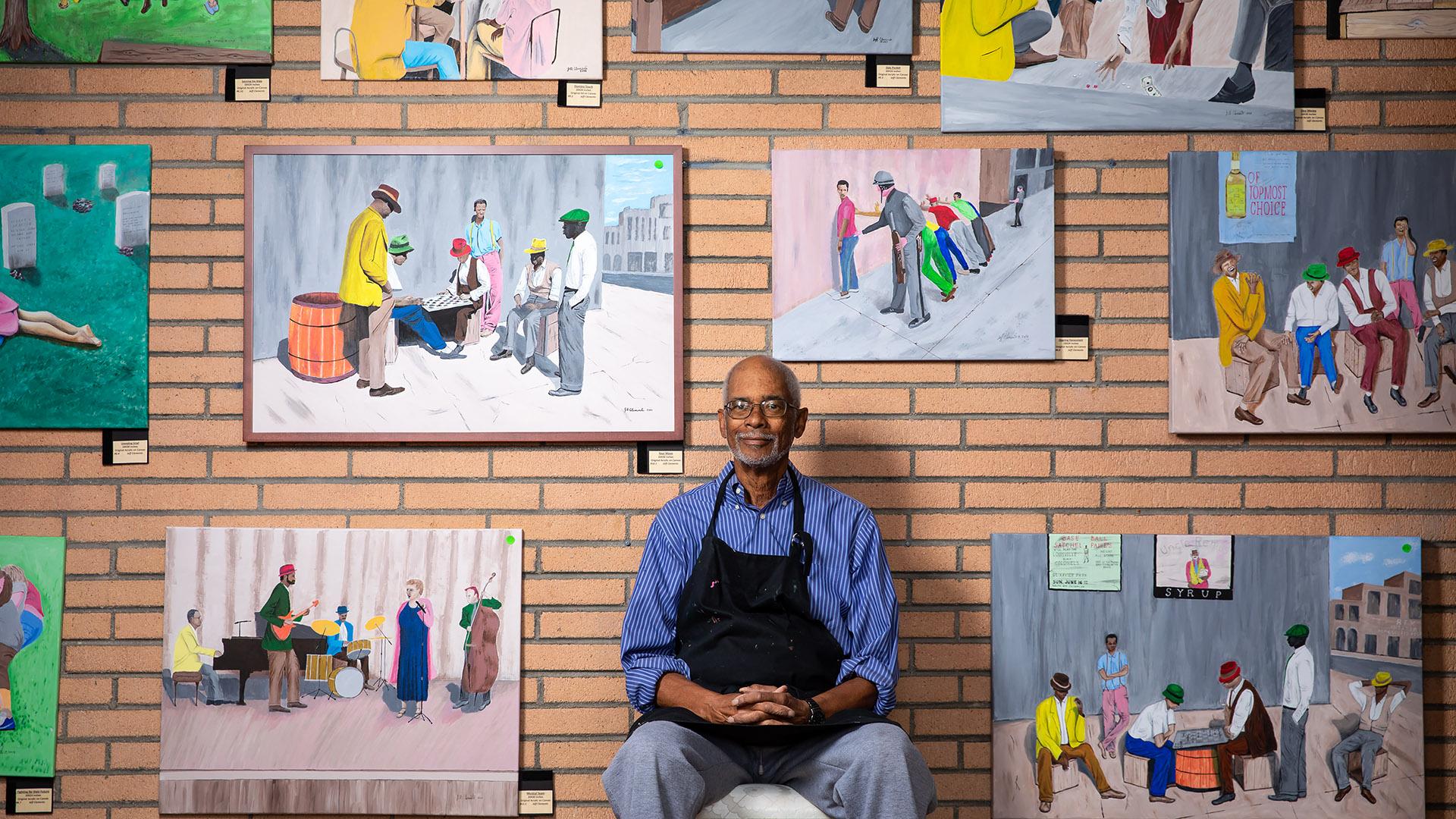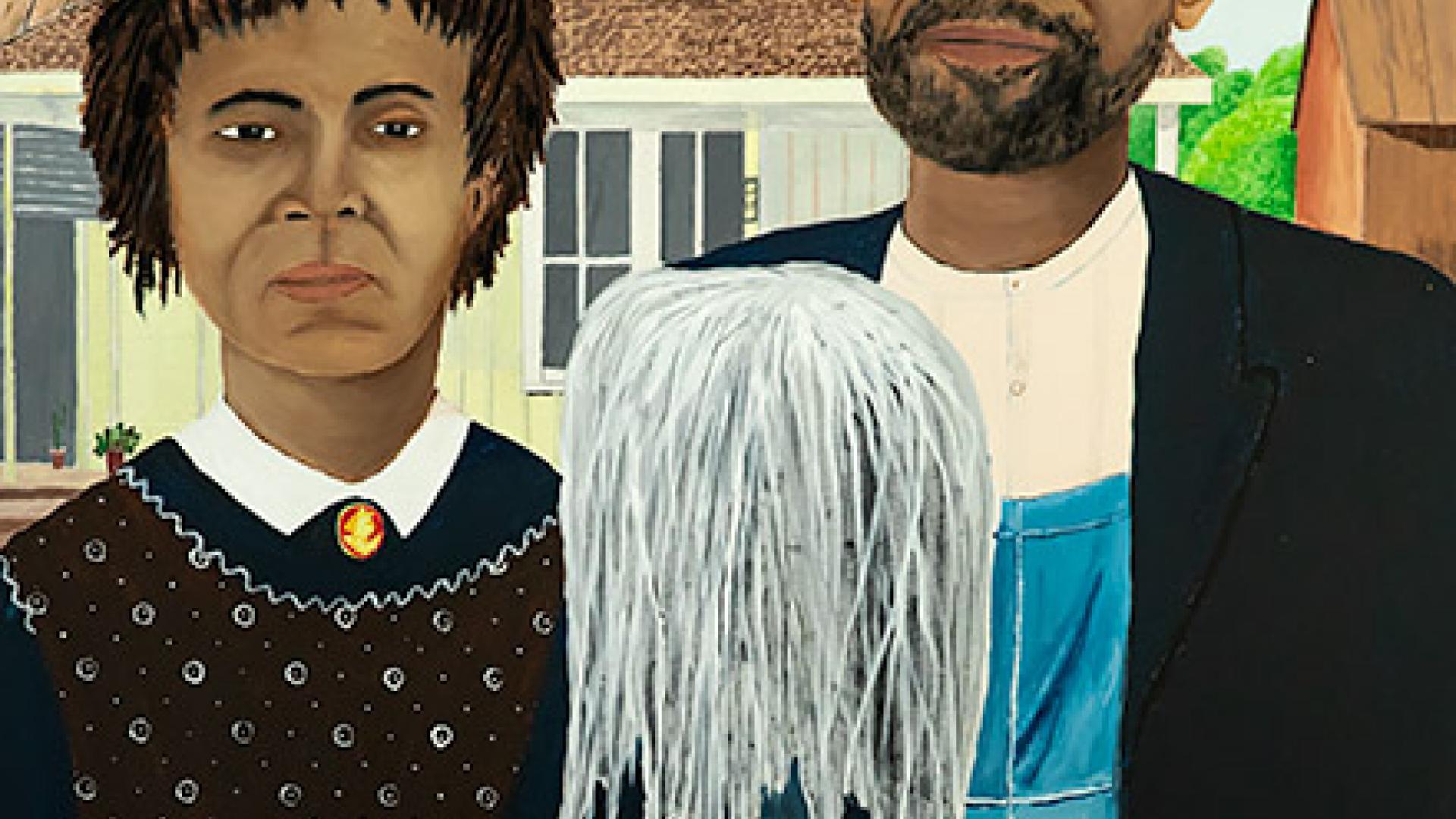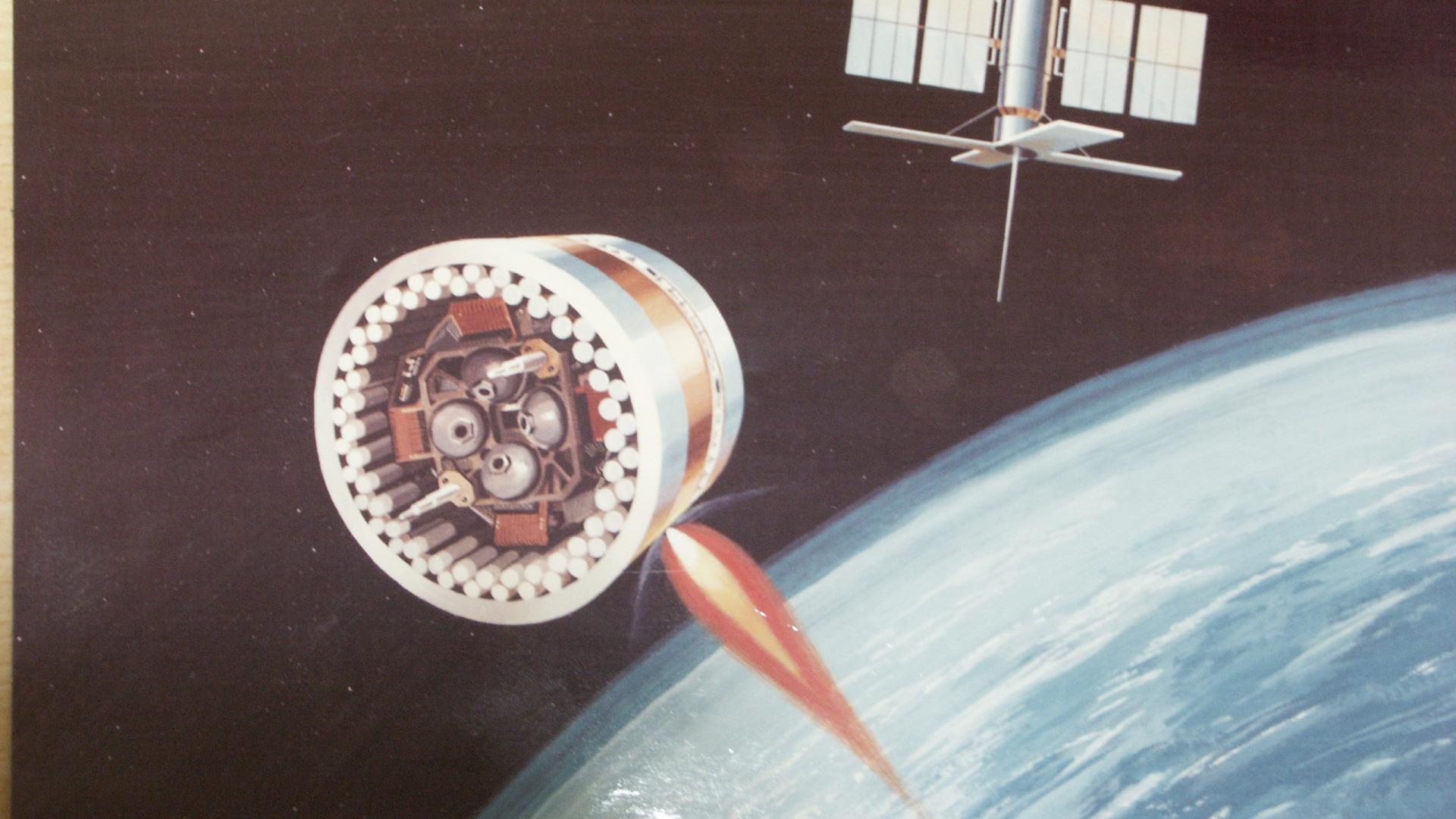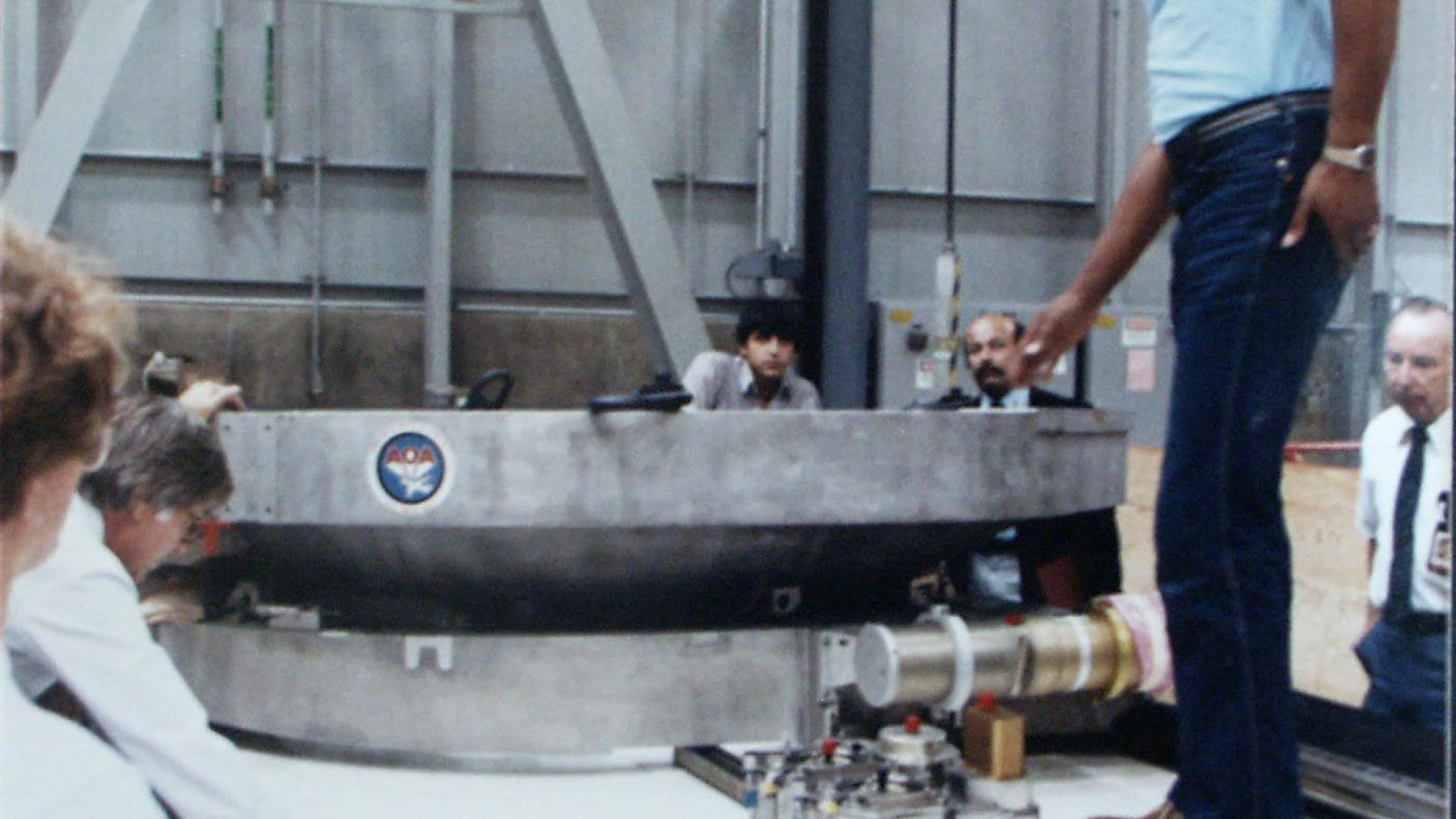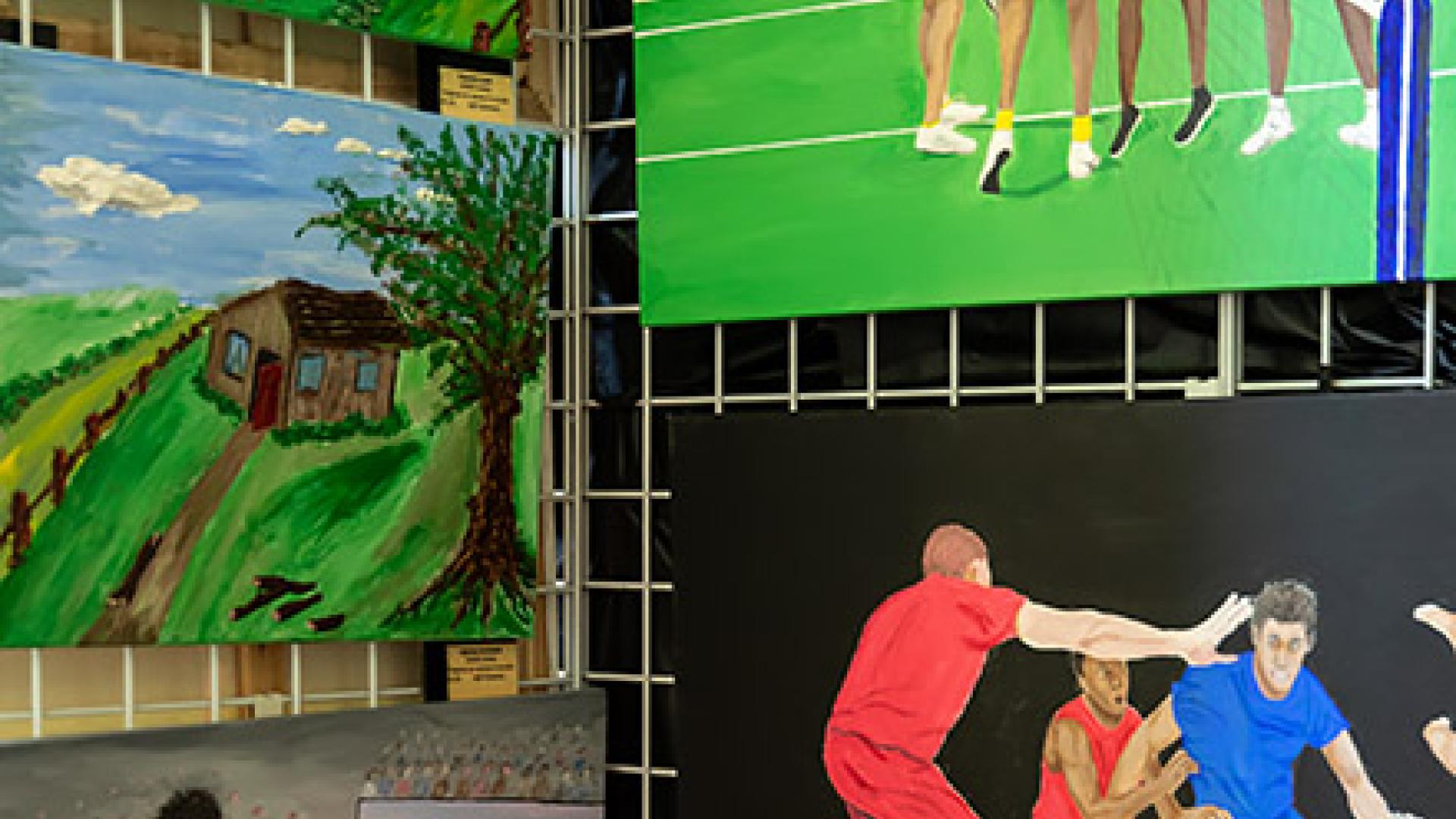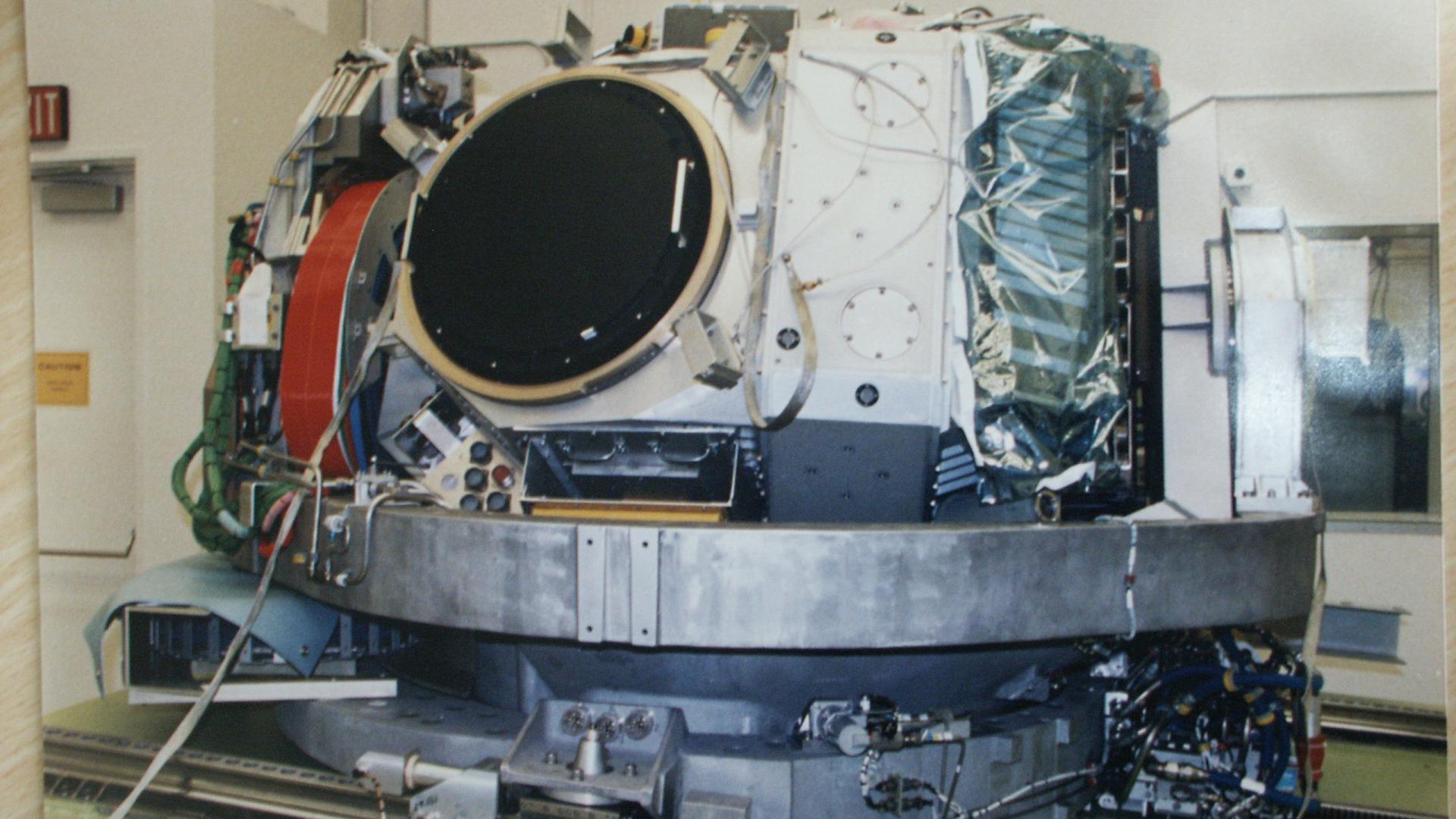Jeffrey Clements was first Black student to receive a Mechanical Engineering degree
As a kid, Jeffrey Clements never thought about the world much beyond his own yard in the working-class community of San Pedro. As he grew older, though, and his horizons loomed larger, he began to consider his future.
Like many of his friends, Clements figured his best opportunity would be working at the nearby tuna cannery. It would be a steady job on the waterfront with good benefits. College wasn’t a pipe dream; it was a fantasy, a place for others outside the neighborhood.
“People would ask, ‘What is college going to get you?’,” Clements said.
Clements would answer that question six years later in 1967, when he became the first African-American student to graduate from Long Beach State with a bachelor’s degree from the Mechanical & Aersospace Engineering Department. He went on to receive a masters and doctorate and helped produce space hardware for aerospace companies, such as Hughes, TRW and Raytheon.
Now retired, Clements was honored as part of this year’s Golden Graduates and celebrates color in wholly different medium as a diverse artist, with a portfolio of pencil drawings, portraits and nostalgic pastimes.
“In San Pedro nobody made it to college, so there was a whole network of people who were happy to see me go to college,” he said.
Still, college was a far-off idea until a friend brought up the notion. “My friend said, ‘Jeff, we can get into college. All we need is 13 As or Bs,’” Clements said.
His friend might as well have said that someday he would be talking on a mobile phone. Clements looked at his grades and knew college was improbable. But it wasn’t impossible.
“I had to really start concentrating because I never really studied prior to that,” he said.
What he discovered in his textbooks and late-night study sessions was that he had a knack for math and drawing 3-dimensional figures. That led him to major in engineering “because I thought engineering was all about design.
“So, I decided early in high school I wanted to be a mechanical engineer, not knowing the full breadth of it,” he said.
Clements also didn’t realize how difficult college would be as one of a few dozen blacks on campus.
During his freshman year, Clements received failing grades on his first two history tests, prompting a sit down with the professor, who told him perhaps he wasn’t “college material.” The professor suggested Clements enroll at a junior college or learn a trade “where you can learn a skill because you clearly aren’t going to make it here.”
Clements was dazed. He sat on a nearby bench and thought about his parents, who had worked two and three jobs so he could go to college. He remembered the friends, who shook his hand and slapped him on the back when he had received the acceptance letter.
“I was pounding the bench,” Clements said, “And I said, ‘I’m not going to quit. I’m going to keep going until I flunk out.”
Clements said he sought out study groups, but twice students turned their back when he asked for help. That’s when he decided if he was going to graduate, he would have to do it on his own.
“It made me mentally stronger and it turned my life around. I figured that if I could overcome that, hang in there at the most difficult situations, there’s nothing I can’t do,” he said. “It did change me. From then on, I was a much stronger leader, stronger in my job, my career.”
Clements would need that strength as he entered the work force.
At the time Clements graduated, the civil rights movement was in its infancy, as the Civil Rights Act had been signed into law just three years earlier. Bigotry still was alive and working at his first mechanical engineering job.
“There were about 30 people in the office, working and designing missiles. I really didn’t know what they were doing, but I did my part,” he said.
Clements was quietly working when a “really tall white guy” approached his desk and suggested he “go back to Africa.”
“I was stunned. I didn’t even know him. But something beautiful came out if it,” he said.
Turns out Clements wasn’t the only one in the room taken aback. The other 28 people in the office complained to the boss and security came and escorted the outspoken worker out of the building. His co-workers assured him not everyone in the room felt the same. Their actions resonate with Clements today.
Clements recently returned to campus and spoke to incoming students of the Beach Engineering Student Success Team (BESST). He was encouraged by the level of work the students were doing and the Long Beach chapter of the National Society of Black Engineers. On Feb. 23, Clements will share his story at NSBE's Black History Month Celebration, which is themed "Remembering the Past." At the event current African-American engineering students will have the opportunity to meet African-American engineering alumni.
Clements worked four decades in the aerospace industry before retiring. Some of the spacecraft systems he worked on are on display at the Smithsonian Museum in Washington, D.C., and the Museum of Science and Industry in Los Angeles
Today, Clements focuses on the colors of a palette, his second “career” being that of an artist. He does not see the world in black and white, although graphite pencil sketches remain his favorite medium.
Clements’ artistic side came as a surprise; he never had drawn anything but engineering diagrams and designs. But after visiting a Santa Monica museum, he tried his hand at pencil drawings. His artwork caught the attention of a curator, who asked him to sketch more dilapidated buildings for a showing.
Today, his artwork can be found on social media and Ebay.
“Because of the struggles I overcame, I don’t have the fear of going forward, of trying things,” Clements said. “The fear of failure went away.”
